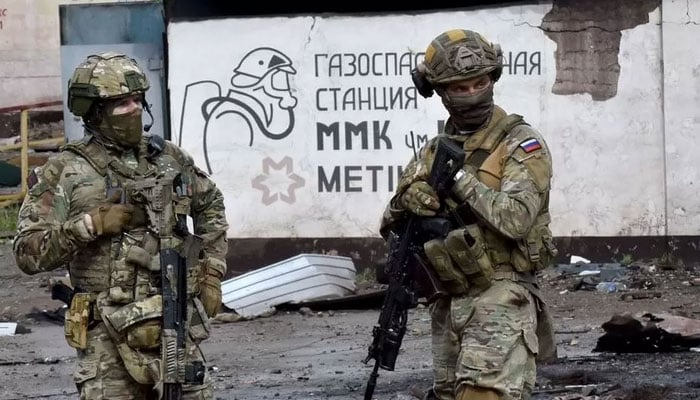
Qaisar Mansoor
On 6 Jan 1993, Indian Border Security Force (BSF) personals killed more than 75 civilians, burnt hundreds of shops and residential houses at Sopore, Baramulla. The massacre is seen as one of the worst carried out by Indian forces in Kashmir’s history.
It is glaring example of a planned genocide by Indian occupational forces. The ‘Time Magazine’ had titled the massacre as “Blood Tide Rising”. Human rights organizations like Amnesty International had condemned the killings and demanded justice for the victims. International forum for justice Human Rights (IFJHRJK) Chairman Muhammad Ahsan Untoo had filed cases in high court of Jammu Kashmir, Srinagar but there has been no action.
He said that victims of the Sopore massacre are still waiting for justice which is being denied by the fragile legal system supported by an aggressive and fascist Indian government. Chairman appealed to head of UNHRC and other organizations like Amnesty International and Asian watch to take effective steps for punishment for its crimes in IIOJK to restore people’s faith in human rights and global justice system.
The witnesses said: “It was a cold January morning in 1993, when 57 civilians were killed by the forces in this north Kashmir town.”
The incident, they said, took place “after militants attacked BSF men of 94-battalion at Baba Yousuf Gali near Women’s Degree College, Main Chowk, Sopore, and snatched a weapon from a BSF man there.”
Ghulam Rasool Ganai, a shopkeeper who is an eyewitness to the carnage said: “Following the militant attack, the forces went berserk and fired indiscriminately upon the unarmed civilians and set ablaze the markets especially the area from main Chowk to Tehsil Office.”
“It is hard to forget the horrific incident,” he adds.
“Among the 57 dead civilians, scores had been burnt alive,” he said adding that the “troopers dragged driver out of an SRTC bus bearing registration no. JKY-1901 and showered bullets on the passengers on board, resulting in the on-spot death of 20 passengers.”
“The troopers later sprayed gun powder and petrol on the many surrounding buildings, shops and houses and set them ablaze. More than 400 such establishments and 75 residential houses in and around five localities including Shalpora, Shahabad, Muslimpeer, Kraltang and Arampora were turned into ashes. The buildings include some landmarks like Women’s Degree College and Samad Talkies,” he said. The families who lost their beloved in the carnage “are still in utter shock.”
“Our family at Shalpora lost four of our members including 15-year-old Mohammad Ashraf Shalla, Ghulam Rasool Shalla, Sajad Ahmad Shalla and Bashir Ahmad Shalla,” a member of Shalla family said.
He said, “A day before the massacre, one of our fruit laden trucks had got stuck in a drain near the main Chowk. Four members of our family who were rescuing the truck on the fateful day had taken shelter in a shop when the BSF troops started firing at the people. The BSF men entered the shop and killed them all.”
Tariq Ahmad Kanjwal, 45, a survivor and eyewitness of the massacre, who was just 20 then said: “The image of a person burning in a shop will haunt me always. His head was in flames. I remember a BSF officer telling his colleagues not to shoot him as he will be dead soon,” said Tariq Kanjwal.


